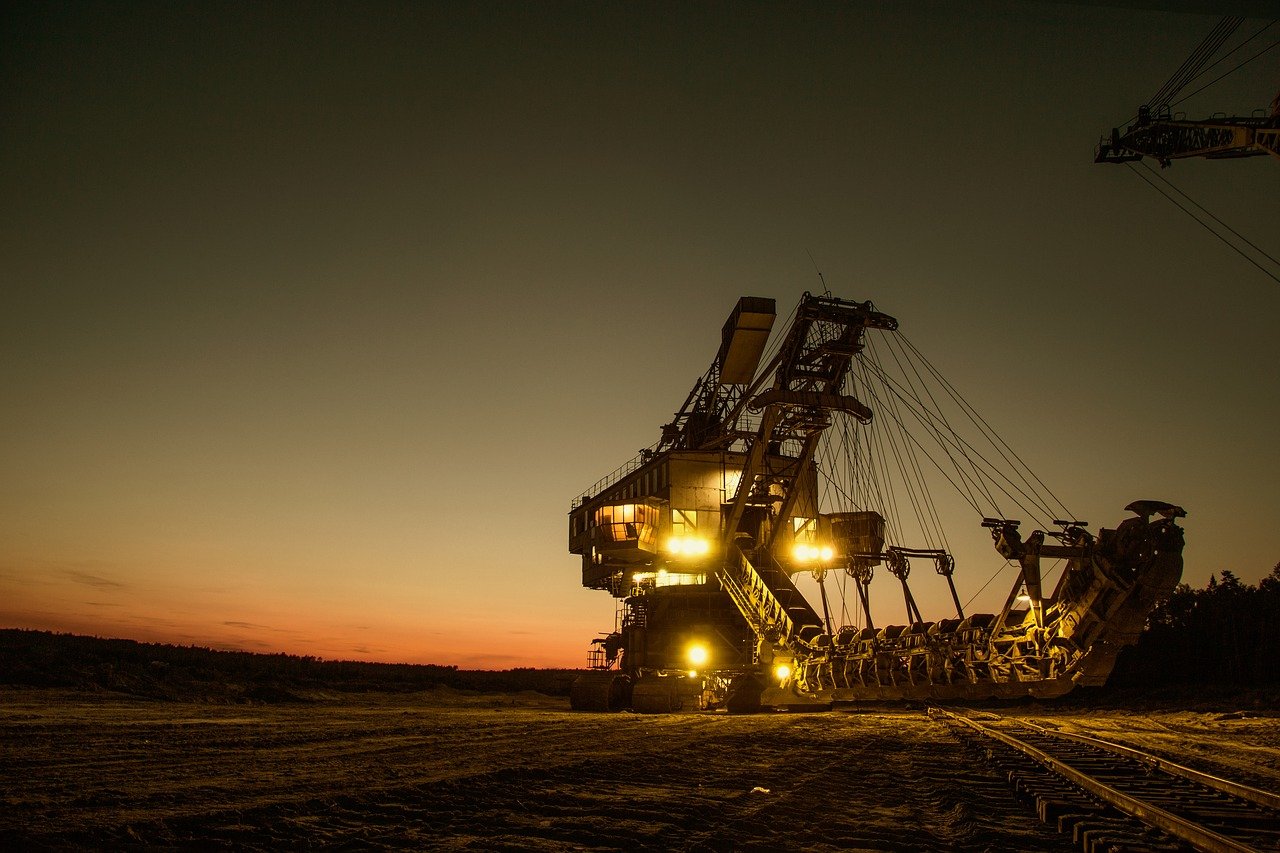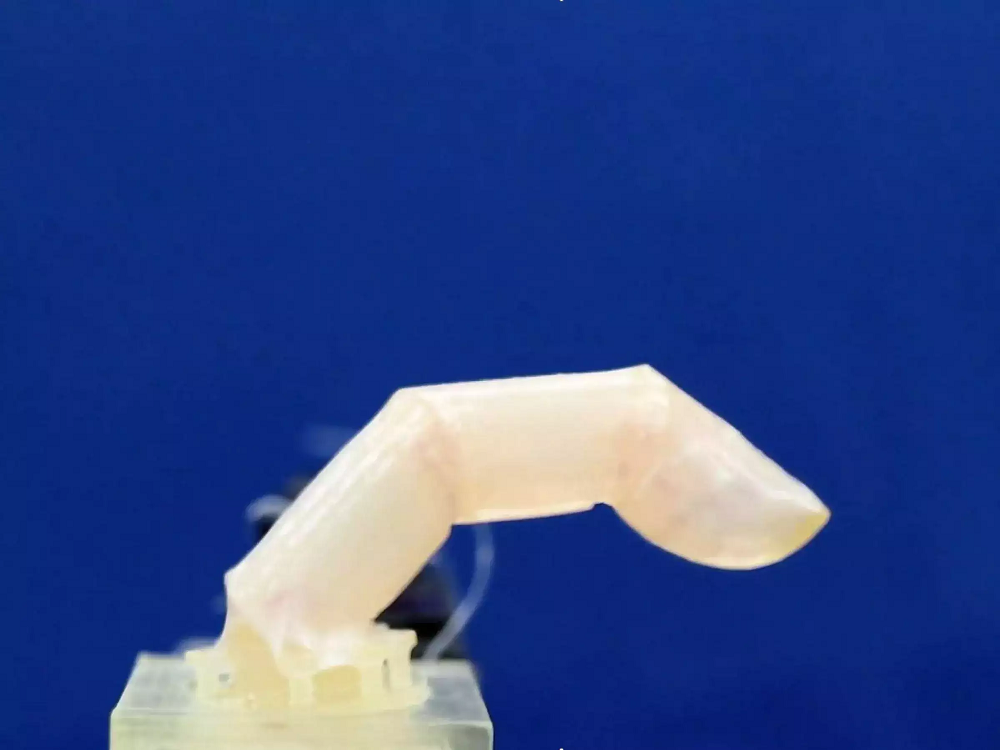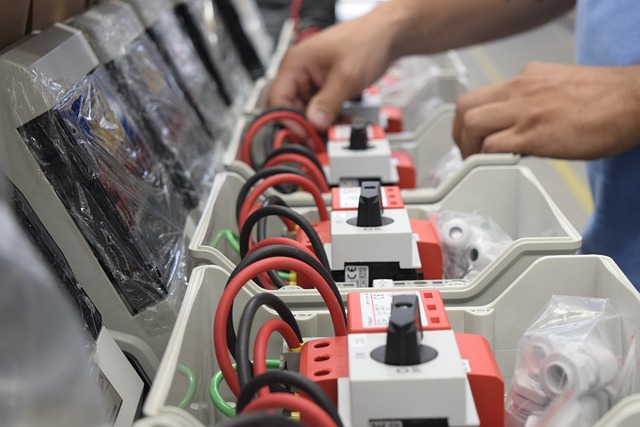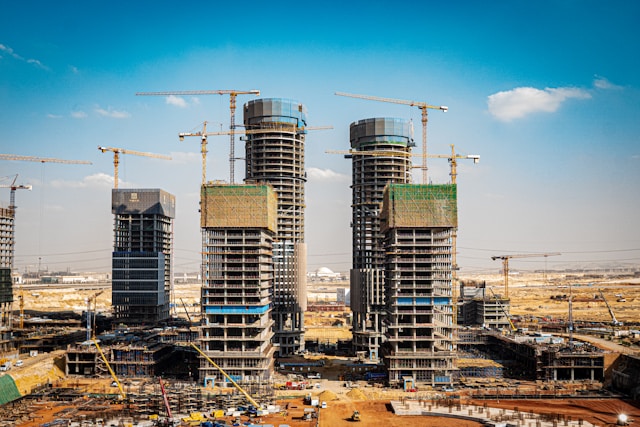Are you looking for the best underground mining methods? Then check out these methods below.
Humanity currently has many underground mines for many different reasons. Most of the time, underground mines present a kaleidoscope of techniques and unique equipment. Today, we have about 650 underground mines and 6,000 small mines that output 150,000 tons of materials each year.
Every underground mining place has its own mining tech. There are several best and well-known methods of underground mining. Mines are hazardous places where people risk their lives to get those jobs done. Explosions, cave-ins, and fire hazards are some of the deadly concerns for miners.
There are many selections when it comes to the methods of underground mining. Each of those methods is influenced by the ore’s shape and size. Here are some of those mining methods:
Flat Room & Pillar Mining
The flat room and pillar mining method is used for any tabular mineralization with the horizontal to medium dip at less than a 20-degree angle. This method is used to extract an ore body with horizontal drilling. That method of drilling requires equipment with a multi-faced front, and it must have empty spaces behind the producing front.
Rocks and pillars are left between the mine’s rooms to have the roof stay in place. Pillars do not need that good support, but to create a laminated beam, you have to provide artificial support for the bolts placed into overlying strata. If the pillars have irregular measurements and placements, parallel openings are needed to be mined out of the ore, blocks of ore, or rooms.
There are many types of underground rock drills to make things easier for mining.
Inclined Room & Pillar Mining
Inclined room and pillar mining is a mining method that mines with an angle of 15 to 30 degrees horizontally. This method helps steep an angle for any vehicle with rubber tires to climb back out from the mine. Manual laboring is necessary to get the ore body mined. Miners usually drill holes in the mine’s stopes then they do hand-held rock drilling tasks.
Inclined stopes are a highly complex place to work because the miners have to climb up the steep piles with their drills, steel wires, and drag Slusher pulleys.
Shrinkage Stoping
The shrinkage stoping method is utilized to get back any steep ore bodies when the primary ore or rock is competent. A mine’s huge production section is the perfect place for this method. This mining method is also known as a classic mining method as it was a smart mining tech for most of the time in the past. The shrinkage stoping method is very well suited in mineral deposits and steep dips hosted in an adept rock mass.
This method utilizes gravity flow to handle ores by getting those ores directly to the rail cars from stopes. Until the pneumatic rocker shovel was available in the 1950s, no machine was best suitable for it.
Cut & Fill Mining
Cut and fill mining takes out ore in horizontal slices that begin from the bottom of the undercut and advance upward. The ore is mined and exploded, and then dust is loaded and extracted from the stope. When the stope is depleted of hydraulic sand tailings or waste rock, the gaps are backfilled. Until the next slices are mined, the fill serves to reinforce the stope barriers and provide operating platform facilities.
In steeply dipping mineral bodies in strata, cut and fill mining is used to obtain strong to medium consistency and relatively high-grade ore.
Vertical Crater Retreat Mining
The vertical crater retreat mining method is also known as VCR mining. This mining method precipitously dips strata for mineralization. This method blasts rocks with total and heavy charges with a large diameter of 165 mm. VCR’s blasting creates a cone-shaped opening in the targeted rock mass to let the materials be mined quickly. The blast hole of VCR mining follows the method of 4.0 x 4.0 m pattern.
Block Caving
Block caving is a method in which internal rock pressures are combined with gravity to crack and split the sedimentary rocks into manageable fragments for miners. “Block” is mainly known as a mining layout where the ore body is split into large sections of a specific thousand square meters.
Preparation for block caving needs huge planning and initial large-scale development, including a complex system of excavation under the block. These differ with the site as they mostly include undercut, draw bells, grizzlies to control oversize rocks, and ore that passes funnel ore into train loading.
Properly applied block caving is a cost-effective and productive mass mining method. However, the control of a rock mass to caving is not always expected. Also, the comprehensive development that is needed results in an extended lead time before the mining begins to produce. The delay in earning can have a negative impact on the financial projection that is used to justify the investment.
Longwall Mining
Longwall mining is applied to bedded of uniform shape, limited thickness, and extensive horizontal extension. It is one of the mining procedures for mining coal. It retrieves the mineral in slices along a straight line which is repeated to retrieve materials from a larger area. The room near to the face is kept open, whilst the hanging wall is permitted to collapse safely behind miners and their machinery.
Preparation of longwall mining requires the network of drifts that is needed to access the mining area and transport the mined product to the shaft. Since mineralization is in the form of a sheet that extends on a large area, the drift is mostly arranged in a schematic network pattern.
Backfilling
Backfilling of any mine stopes will prevent the rock from collapsing. It secures the rock mass’s stability and promotes safety and lets the miners mine the desired ore with more complexity. Traditionally backfilling is utilized to cut and fill ores; VCR mining and sublevel stoping are also common to use in the place of backfilling.
Conclusion
All these mining methods were best among many underground mining methods. These methods have the level of mining consistency and results which can not be found or achieved with other underground mining methods.







